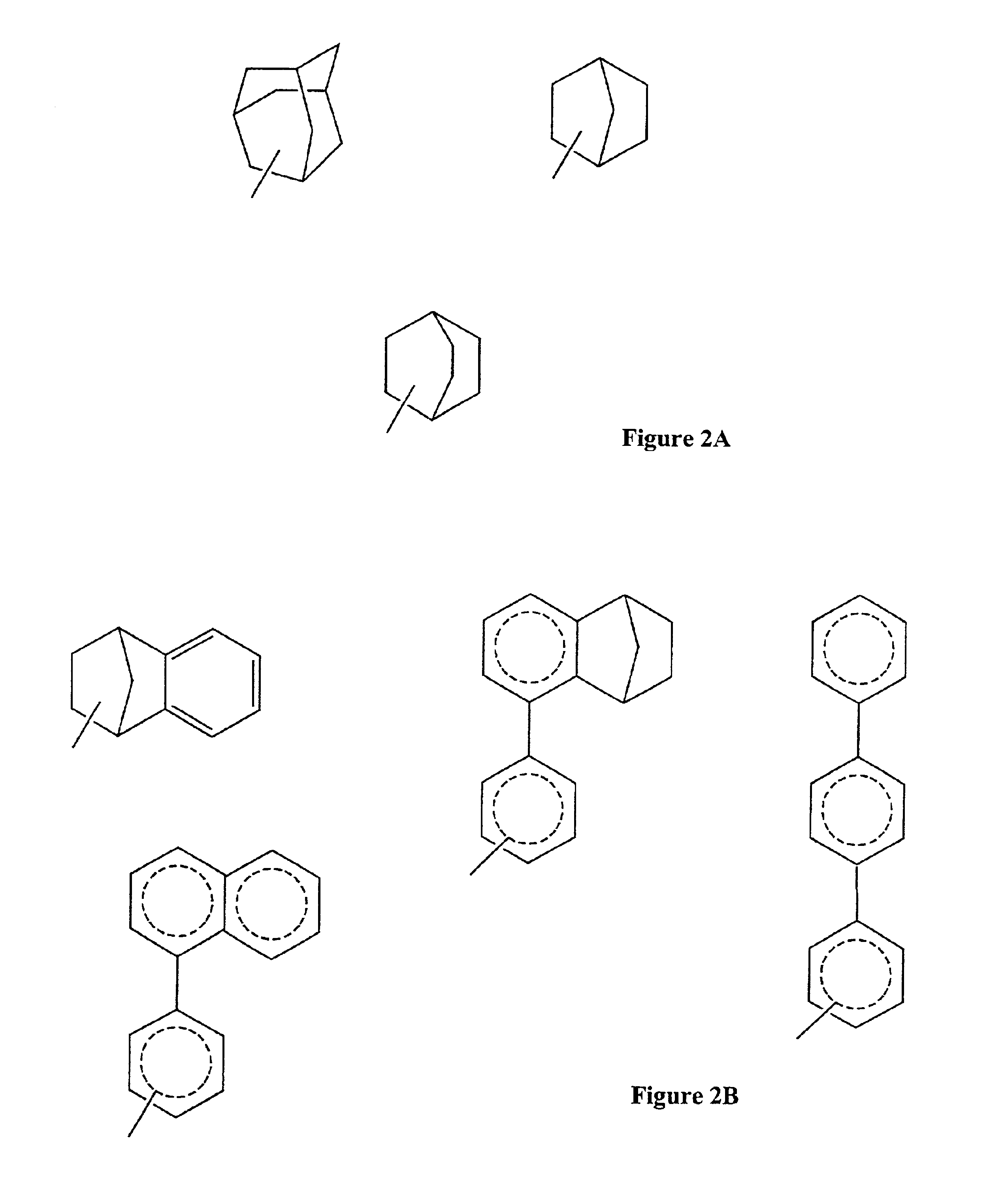Modified, hydroxy-substituted aromatic structures having cytoprotective activity
a technology of cytoprotective activity and aromatic structure, which is applied in the direction of antinoxious agents, drug compositions, immunological disorders, etc., can solve the problems of oxidative damage to cellular components, loss of life or general decline in quality of life, and high health care costs for patients, their families and health care providers
- Summary
- Abstract
- Description
- Claims
- Application Information
AI Technical Summary
Benefits of technology
Problems solved by technology
Method used
Image
Examples
example 1
Preparation of 2-(1-Adamantyl)-3-hvdroxyestra-1,3,5(10)-trien-17-one
Estrone [3-hydroxyestra-1,3,5(10)-trien-17-one, 270 mg, 1 mmol) and 1-adamantanol (170 mg, 1 mmol) were added to anhydrous n-pentane (6 mL) and the stirred mixture was cooled with an ice bath. Boron trifluoride etherate (BF3.EtOEt, 0.4 mL) was added over a 10 minute period. After an additional 15 minutes, the ice bath was removed and stirring was continued for an additional 45 minutes at room temperature. During the 45 minute period, solids present in the reaction mixture were dissolved and a yellow oil formed. Crushed ice was then added while shaking and swirling the reaction flask and a pink solid was formed. The filtered, crude pink product was washed with water until the filtrate had a neutral pH, and then the solid was dried in a vacuum oven at 50° C. The crude pink powder (0.4 g) was purified by flash chromatography (silica gel eluted with 20% ethyl acetate in hexanes) to get the pure product (0.31 g, 76.7%). ...
example 2
Preparation of (17β)-2-(1-Adamantyl)-estra-1,3,5(10)-triene-3,17-diol
2-(1-Adamantyl)-3-hydroxyestra-1,3,5(10)-trien-17-one (250 mg, 0.62 mmol) was added to cold ethanol (25 mL) and methanol (10 mL) to give a turbid solution. Sodium borohydride (NaBH4, 140 mg) was added in one portion and the reaction was continued with stirring for 2 hours. Solvents were removed on a rotary evaporator and crushed ice was added. On standing overnight, the initially formed oil became a solid. The solid was filtered and washed with water until the filtrate was pH neutral. The solid was dried in a vacuum oven at 50° C. to give the crude product (0.25 g), which was purified by flash chromatography (silica gel eluted with 18% ethyl acetate in hexanes). The pure product (200 mg, 79.6%) was recrystallized from chloroform and hexanes to obtain crystals (150 mg), and was then characterized as follows: (i) melting point=174-175° C.; (ii) 1H NMR (CDCl3, 300 MHZ) δ0.81 (s, 3H, C18—CH3), 2.76 (m, 2H, C6—CH2), 3.7...
example 3
Comparative Study of the Activity of 17-β-estradiol and Adamantyl-modified Analog Thereof
Methods
Glial cell cultures: Glial cell cultures were prepared from P1 mice. Briefly, cortex from P1 mice were dissected and digested with 0.025% trypsin for 30-40 min. After trituration, the cells were plated on poly-D-lysine / laminin coated glass-bottom dishes at a density of approximately 5×106 cells per dish. Cells were grown for 7-10 days in Eagle's minimal essential medium supplemented with 10% fetal bovine serum, 10% horse serum, 10 ng / ml epidermal growth factor, 2 mM glutamine and 20 mM glucose. Cultures were kept at 37° C. in a humidified CO2 atmosphere until they reached confluence. Cultures were then used to support neurons (see below).
Cortical neuronal cultures: Cortical neurons were prepared from E15-16 mouse embryos. Dissociated cortical cells (at a density of 5×106 cells per dish) were plated on a layer of confluent glial cells (7-10 days in vitro), into Eagle's minimal essential me...
PUM
| Property | Measurement | Unit |
|---|---|---|
| Structure | aaaaa | aaaaa |
| Hydrophobicity | aaaaa | aaaaa |
Abstract
Description
Claims
Application Information
 Login to View More
Login to View More - R&D
- Intellectual Property
- Life Sciences
- Materials
- Tech Scout
- Unparalleled Data Quality
- Higher Quality Content
- 60% Fewer Hallucinations
Browse by: Latest US Patents, China's latest patents, Technical Efficacy Thesaurus, Application Domain, Technology Topic, Popular Technical Reports.
© 2025 PatSnap. All rights reserved.Legal|Privacy policy|Modern Slavery Act Transparency Statement|Sitemap|About US| Contact US: help@patsnap.com



